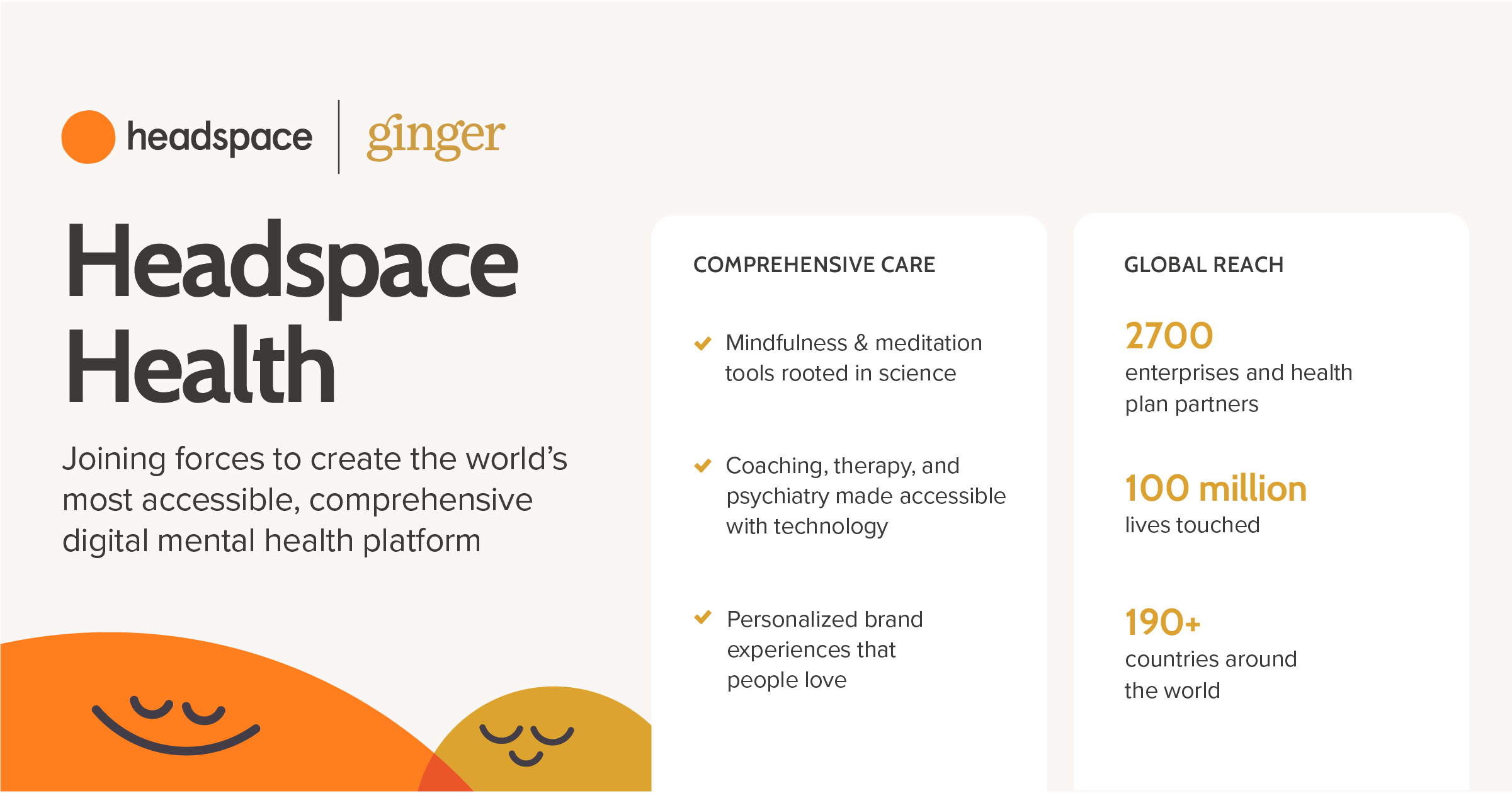https://mailchi.mp/4587dc321337/the-weekly-gist-october-14-2022?e=d1e747d2d8

After COVID restrictions introduced millions of Americans to telehealth, it became an open question whether virtual care would revolutionize healthcare delivery, or turn out to be a flash in the pan. Using commercial claims data from Fair Health, the graphic above reveals that roughly one in twenty commercial medical claims are now for virtual care, a rate that has held fairly steady since dropping from its early pandemic peak. (These use rates likely extend to Medicare, as a Kaiser Family Foundation analysis showed that the virtual share of outpatient visits barely differed between those younger and older than 65.)
What could be considered a true revolution is virtual care’s impact on behavioral healthcare, which makes up nearly two-thirds of overall virtual care volume. According to Zocdoc, an online marketplace booking both in-person and virtual care services, 85 percent of psychiatric appointments booked in the first half of 2022 were for virtual care, dwarfing the virtual visit levels of the other top specialties.
Meanwhile, consumers have incorporated virtual care into their lives as a useful option, though not as the sole way they access care. A recent survey found that a near-majority of consumers have accessed care both virtually and in-person, far more than the number who rely exclusively on one channel or the other. The pandemic changed consumers’ baseline expectation of what care could be delivered at home. The ability to deliver accessible, efficient virtual visits and connect that care to in-person care delivery will be a competitive advantage in the “hybrid” care environment sought by many consumers.


